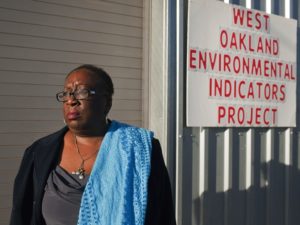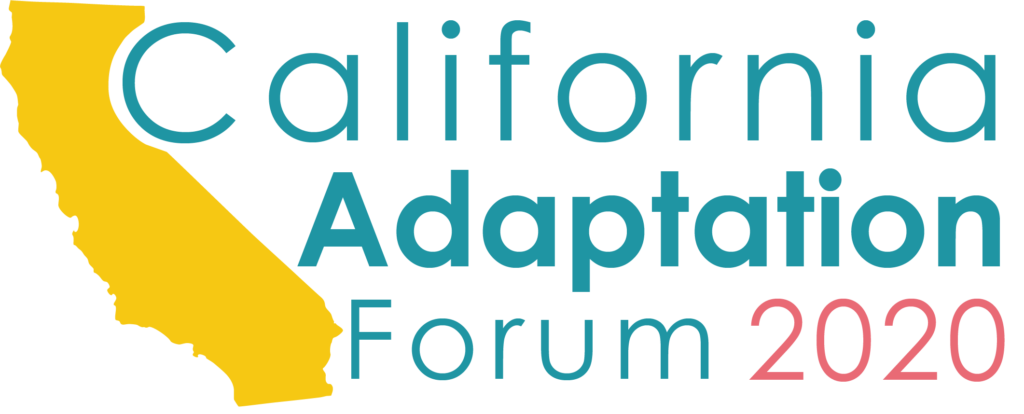With the rise of climate change, resilience, and adaptation as pressing environmental issues over the past decade, subject-matter experts have continuously failed to include people of color and poor working-class people (often termed vulnerable or at-risk populations) in discussions that frame the underlying agendas of climate policy. It has been the experience of many, as well as myself as an African American woman and a longtime community activist, that we often have to fight tooth and nail to participate in policy and planning discussions. When we do get in the room with decision-makers, they do not seem to understand the history of environmental justice, nor its principles and practices, which are the building blocks of climate justice. To me, this poses important questions for consideration: Is this a form of institutionalized racism or implicit bias? Are established climate change professionals unwilling to reach outside of their normal comfort zones to engage those with different approaches and perspectives? And what does this all mean for the type of authentic community engagement that is needed – one that truly values the input and life experiences from frontline communities?
This exclusion from the climate dialogue poses important questions commonly faced by many low-income communities of color across the United States and around the globe. Namely, how can community engagement and participation in climate resilience and adaptation be equitable, especially as it manifests on the neighborhood level? Without the inclusion of the people who will be most impacted by climate change, and without environmental justice as a starting point for discussion, these communities’ needs will go unheard, their intentions and lived experiences unvoiced, and climate change resilience and adaptation plans ill prepared to enable these populations to survive the detrimental impacts of climate change. This is particularly dangerous because, for vulnerable communities, climate change compounds existing environmental and economic stressors such as displacement, poverty, and disproportionate burdens of pollution and resulting negative health outcomes.
It is my experience as a dedicated climate justice advocate, that when it comes to understanding the issues and concerns of local vulnerable populations, be it in relation to sea level rise or extreme weather events like fires or floods, that large NGOs, private foundations, and government agencies and their affiliates have no sense of the history of activism and its successes, nor do they have a model for cooperative collaboration with impacted communities. Fundamentally, this deficiency disregards the hard work of residents and community-based organizations (CBOs), and most importantly, it does not build partnerships that treat all stakeholders as equals. Large institutions continuously fail to be responsive to the groups that have the most at stake. Beyond the profit of industry, or the progress of policy, lies the very livelihoods of people who stand to lose everything, as Hurricane Katrina and other disasters have demonstrated. We need to create protocols for equitable inter-organizational relationships to respectfully engage at-risk communities and facilitate broader participation in climate resilience and adaptation policy, planning, investment, and design decisions.
How can we create new equitable relationships and practices?
First, CBOs must be treated as experts equal to the professionals in the public, private, and non-profit sectors. The valuable direct connection of CBOs to their community constituents’ needs must be considered a resource for decision-making; it is a real-time reflection of the current lived experiences of climate change impacts. Therefore, CBOs must be compensated for their time and engagement with climate resilience and adaptation initiatives, projects, and programs. Why is it that impacted, at-risk and vulnerable communities and residents seem so rich in resources that they are incessantly asked to work for free? Giving interviews, organizing meetings, advising on and reviewing documents, and participating in conference calls, are all assumed to be leisure activities for the activist – they are not. The underlying assumption that CBOs should be willing to volunteer their time and resources to participate in these activities perpetuates inequality in the professional domain.
To encourage positive change in this field, all entities that fund climate resilience and adaptation must develop protocols and principles reflective of climate justice with community partnerships as a centerpiece in planning processes and implementation. By increasing equitable community engagement, we create space for older generations of activists to contribute their expertise and local knowledge to cultivate new generations of activists to make history. The activist mindset is a generational one – it is long-term and lifetime-focused, always fighting short-sighted or profit-seeking practices and perspectives. We will continue to demand bureaucratic systems that share decision-making power to ensure that communities have a voice in the policies, plans, and projects that shape our lives and neighborhoods.
 |
Ms. Margaret Gordon is the co-founder and co-director of the West Oakland Environmental Indicators Project (EIP), a non-profit that works with neighborhood organizations, physicians, researchers, and public officials to ensure West Oakland residents have a clean environment, safe neighborhoods, and access to economic opportunity. In 2006, the U.S. Environmental Protection Agency recognized EIP for its “work to improve local air quality.” In 2007, Gordon was inducted into the Alameda County Women’s Hall of Fame for her leadership on behalf of West Oakland’s residents. Due to Gordon’s knowledge of the Port of Oakland Maritime operation, she was nominated by Mayor Ron Dellums and selected by the Oakland City Council to the Port of Oakland Board of Commission in 2008. Margaret Gordon is a life-time resident of the Bay Area, mother of three adult sons and the grandmother of 14 grandchildren. |

